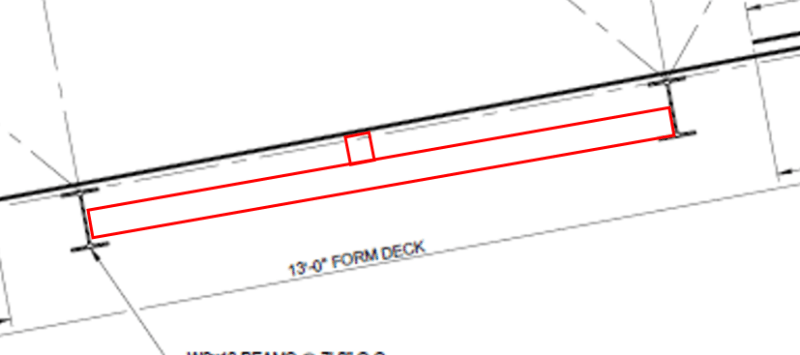RattlinBog
Structural
I feel a bit ridiculous asking this, but I could use a sanity check.
Has anyone dealt with a situation where concrete form deck (non-composite) was ordered too short and one of the ends won't be able to bear on a support? Beams are 7 ft OC, but 13 ft form deck was ordered. I can provide a sketch in the morning when I'm back at my desk.
Would it ever be acceptable to arrange the form deck in a way that the end of one deck laps the end of the next deck between supports (in mid-air)? The lap joint would need to be connected together. I've crunched some deck bending stress numbers already but wanted to see if anyone has even come across something like this before... (P.S. Slab is designed to be self-supporting. Form deck is for construction only. Area is constantly wet, so I expect the decking to rot away over time.)
Has anyone dealt with a situation where concrete form deck (non-composite) was ordered too short and one of the ends won't be able to bear on a support? Beams are 7 ft OC, but 13 ft form deck was ordered. I can provide a sketch in the morning when I'm back at my desk.
Would it ever be acceptable to arrange the form deck in a way that the end of one deck laps the end of the next deck between supports (in mid-air)? The lap joint would need to be connected together. I've crunched some deck bending stress numbers already but wanted to see if anyone has even come across something like this before... (P.S. Slab is designed to be self-supporting. Form deck is for construction only. Area is constantly wet, so I expect the decking to rot away over time.)

